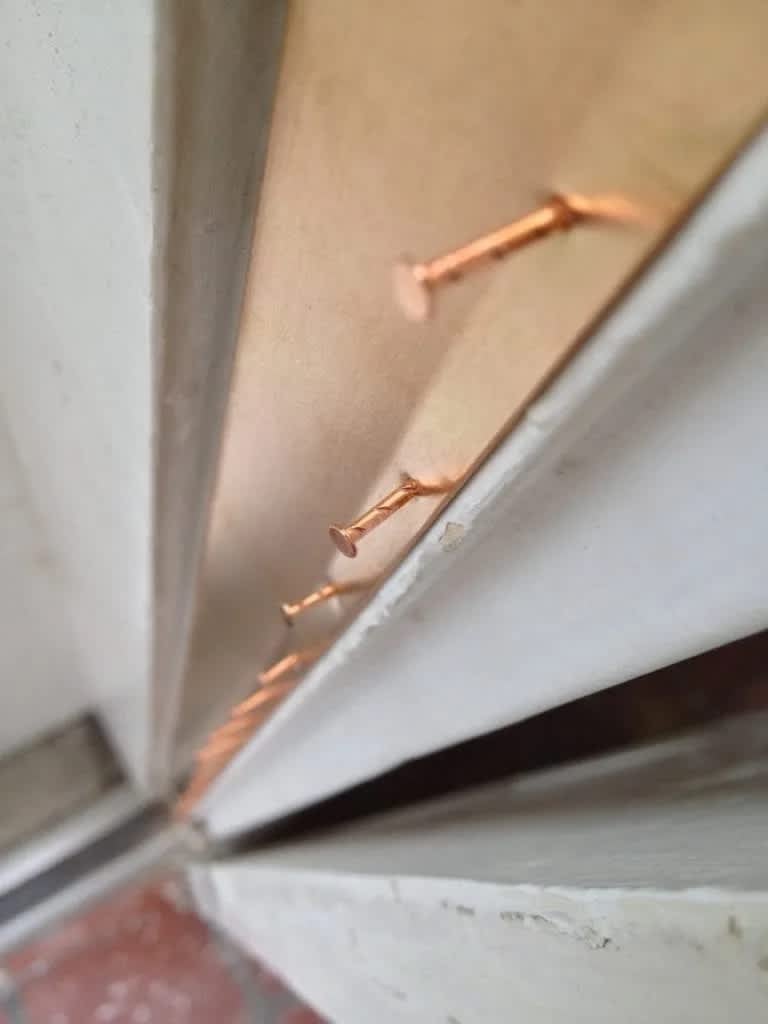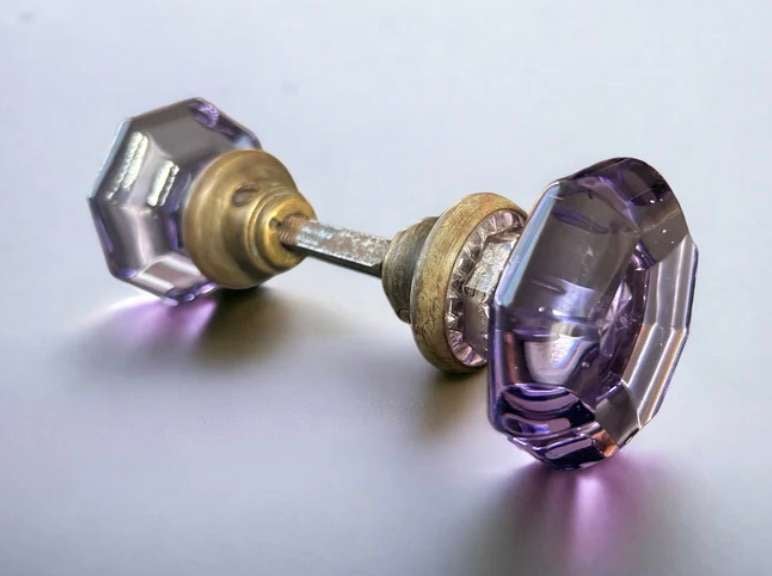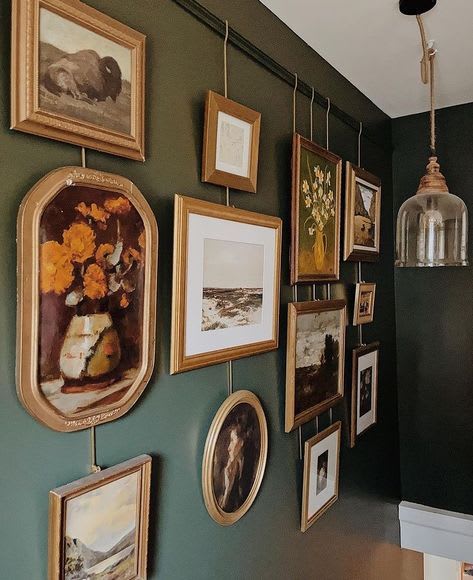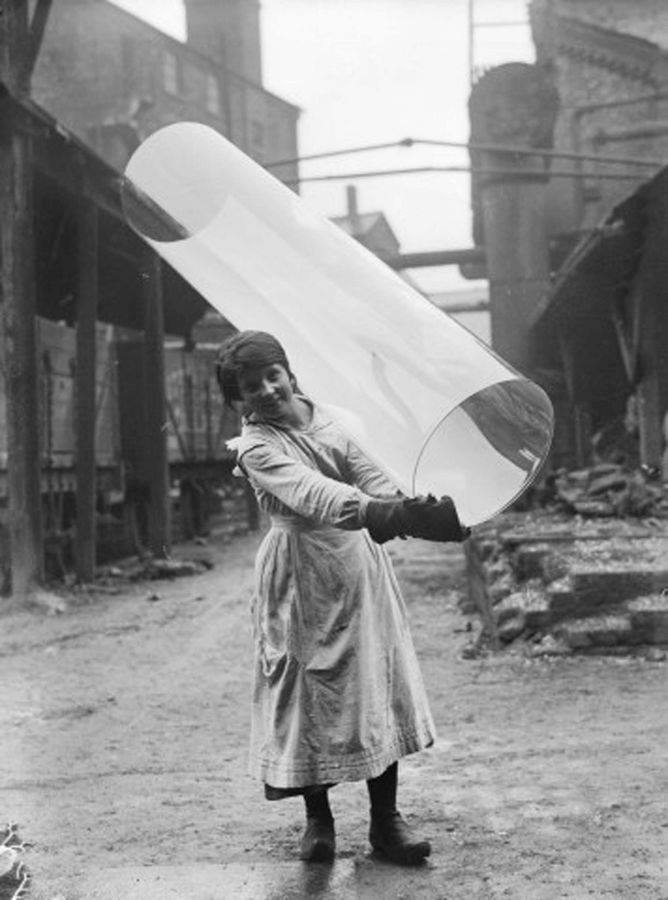
Batchelder Tile Fireplace
Why it is so special?
In 1910, Batchelder began to produce tiles in the backard of his home on the banks of the Arroyo Seco. Tiles like Batchelder's continue to be highly valued as relics of the Arts and Crafts movement, a late 19th and early 20th centure art movement that emphasized handcrafted designs. Depending on the size, it's reported that Batchelder tiles are value from $150 for a 4 inch by 4 inch tile to upwards of $6,500 for rarer pieces. Some of the familiar traits of a Batchelder tile include a neutral color palette and square tiles that often feature animals, birds, flowers and rosettes.




